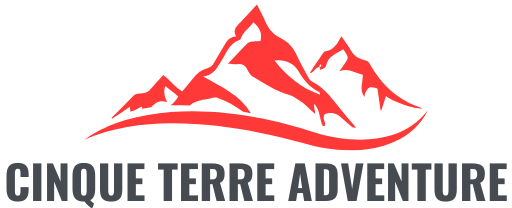A sphere of translation is transforming at an unmatched speed, propelled by international integration, tech innovations, and the increasing demand for smooth interaction across languages and societies. As businesses extend their horizons into emerging markets, the role of language services has not been more critical. These organizations serve as the connector that bridges different verbal landscapes, ensuring that content are transmitted correctly and efficiently, without regard of the source or receiving language.
In recent years, several patterns have appeared within the translating firm landscape, influencing how offerings are offered and what clients look for. From the incorporation of machine learning to the rise of targeted translation solutions, the outlook of translation firms is set to be vibrant and stimulating. Companies are in pursuit of not just ordinary language services, but bespoke services that cover localization, cultural localization, and even different media content. As the sector evolves to these demands, grasping the forces influencing agency offerings will be essential for companies that aim to thrive in an interconnected landscape.
Up-and-Coming Advancements in Language Translation
The language translation sector is undergoing a major change powered by new innovations. Machine translation has developed significantly in the past few years, with sophisticated computational methods and neural networks enabling systems to provide more accurate and contextual translations. These advancements not just improve the pace of translations but also ensure better quality, making them more attractive for both language service providers and customers. As automated translation continues to advance, agencies are integrating these technologies into their processes to improve efficiency and reduce costs.
An additional significant technology is the rise of AI in language translation services. Artificial intelligence applications are being created to assist human translators by providing recommendations and facilitating the editing process. This partnership allows translators to work more effectively, as they can focus on nuanced aspects of language while the technology handles mundane tasks. Additionally, AI can process large volumes of data to detect patterns, which can be beneficial for adapting content projects and developing consistent terminology across various documents.
Additionally, automation is playing an growing important role in the translation agency landscape. Workflow automation tools streamline project management, allowing agencies to handle multiple projects simultaneously without sacrificing quality. These solutions help mechanize repetitive tasks such as file formatting, quality checks, and client communications. By integrating automation into their processes, translation agencies can enhance productivity and provide services more quickly, meeting the ever-growing demands of the international market.
Shifts in Customer Demands
As globalization continues to reshape markets, translation agency clients are increasingly demanding beyond traditional linguistic services. Clients today expect customized solutions that go further than mere word-for-word translation. They seek agencies that can grasp and adapt to cultural nuances, ensuring that the localised content aligns with the target audience. This shift requires agencies to not just provide accurate translations but also to serve as cultural-specific consultants.
Tech advancements has played a crucial role in shifting client expectations within the language service provider sector. Many clients now anticipate the utilization of sophisticated tools and platforms that enhance the translation process. This includes the implementation of machine translation, which, while not a alternative for human translators, offers a fast and efficient way to manage large volumes of text. Agencies that utilize technology effectively are optimally situated to meet the increased demand for speed and efficiency without sacrificing quality.
Moreover, there is a increasing trend towards niche focus among clients seeking translation services. agenzie traduzione milano Fields such as legal, medical, and technical require translators with particular expertise and certifications. As a result, translation agencies must not only provide linguistic services but also exhibit a thorough understanding of the relevant industry jargon and regulatory standards. This specialization allows agencies to build closer relationships with clients who are in need of reliability and proficiency in their translation partners.
The Role of AI in Translation Agencies
AI is rapidly reshaping the landscape of language service providers. The inclusion of artificial intelligence solutions allows these agencies to increase efficiency and shorten delivery times. Machine translation systems, powered by advanced algorithms, can provide instant translations that serve as a initial draft for linguists. This innovation not only speeds up the translation process but also helps handle large volumes of content that clients may request.
Additionally, AI enables better consistency and accuracy in translations. Neural machine translation models are designed on vast data collections, enabling them to better understand context and nuances in various languages. Translation agencies can harness these tools to ensure that even difficult texts are rendered with loyalty to the source message. By streamlining the workflow, agencies can concentrate on more specialized aspects of translation, such as customization and cultural adaptation.
As the impact of AI grows, translation agencies are also discovering new ways to leverage data insights and client feedback. By studying trends and customer preferences, agencies can fine-tune their services and offer custom solutions. This flexibility not only helps in meeting client demands but also positions agencies at the cutting edge of a rapidly evolving industry, where tech and human expertise work together to deliver excellent translation services.
